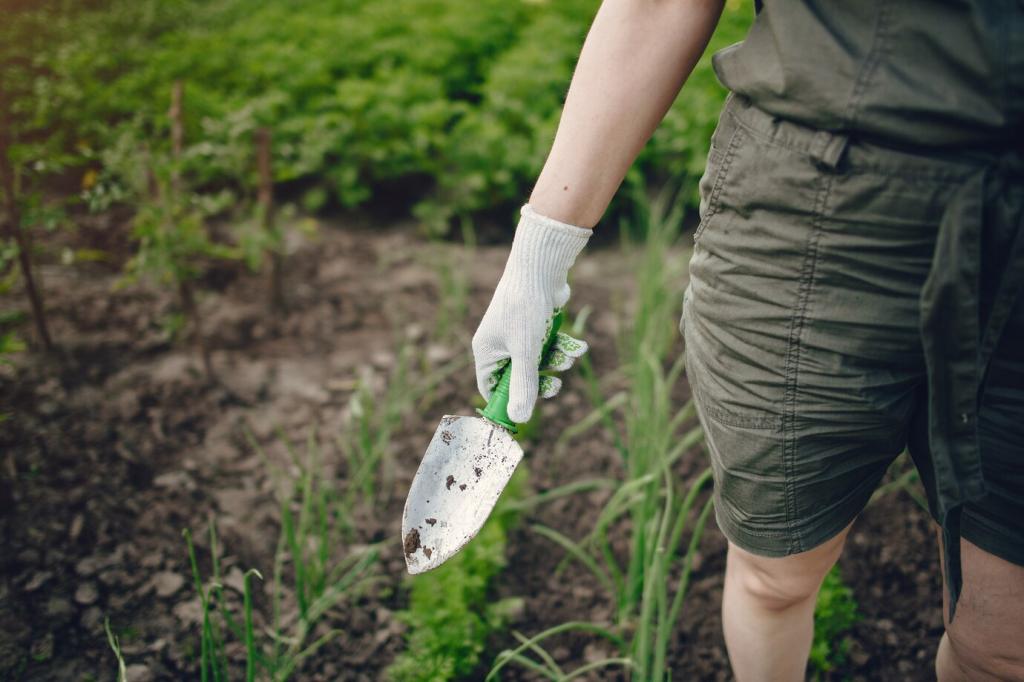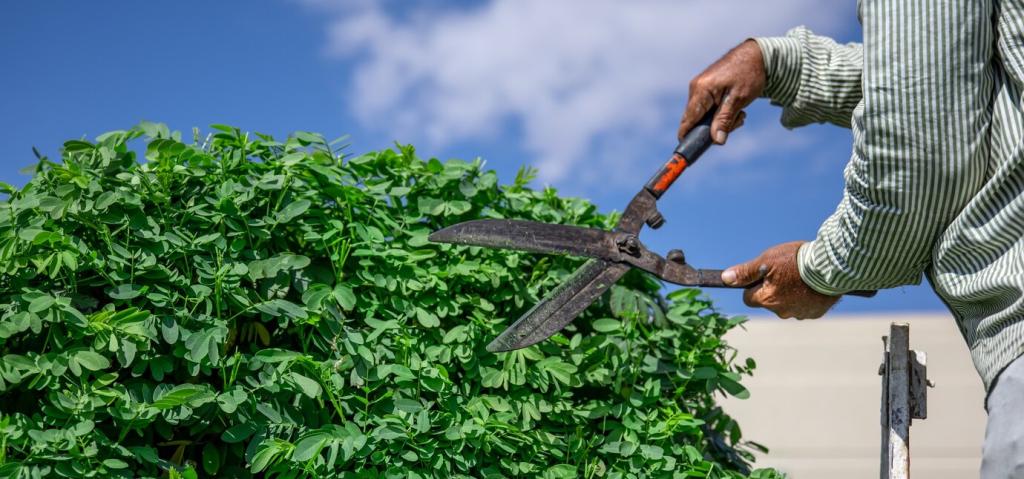Rich Beeswax Cream for Heirloom Pieces
Melt 2 tablespoons grated beeswax with 6 tablespoons jojoba in a double boiler until clear. Remove from heat, add 1 tablespoon carnauba for extra resilience if desired, and stir as it cools. Optional: 2 drops lavender for calm, then jar and label thoughtfully.
Rich Beeswax Cream for Heirloom Pieces
Work a fingertip of cream into clean wood with circular motions, then follow the grain to finish. Let it rest fifteen minutes, allowing oils to settle. Buff with a tight-weave cotton cloth until the surface feels silky, never tacky, and reflects warm, natural light.






